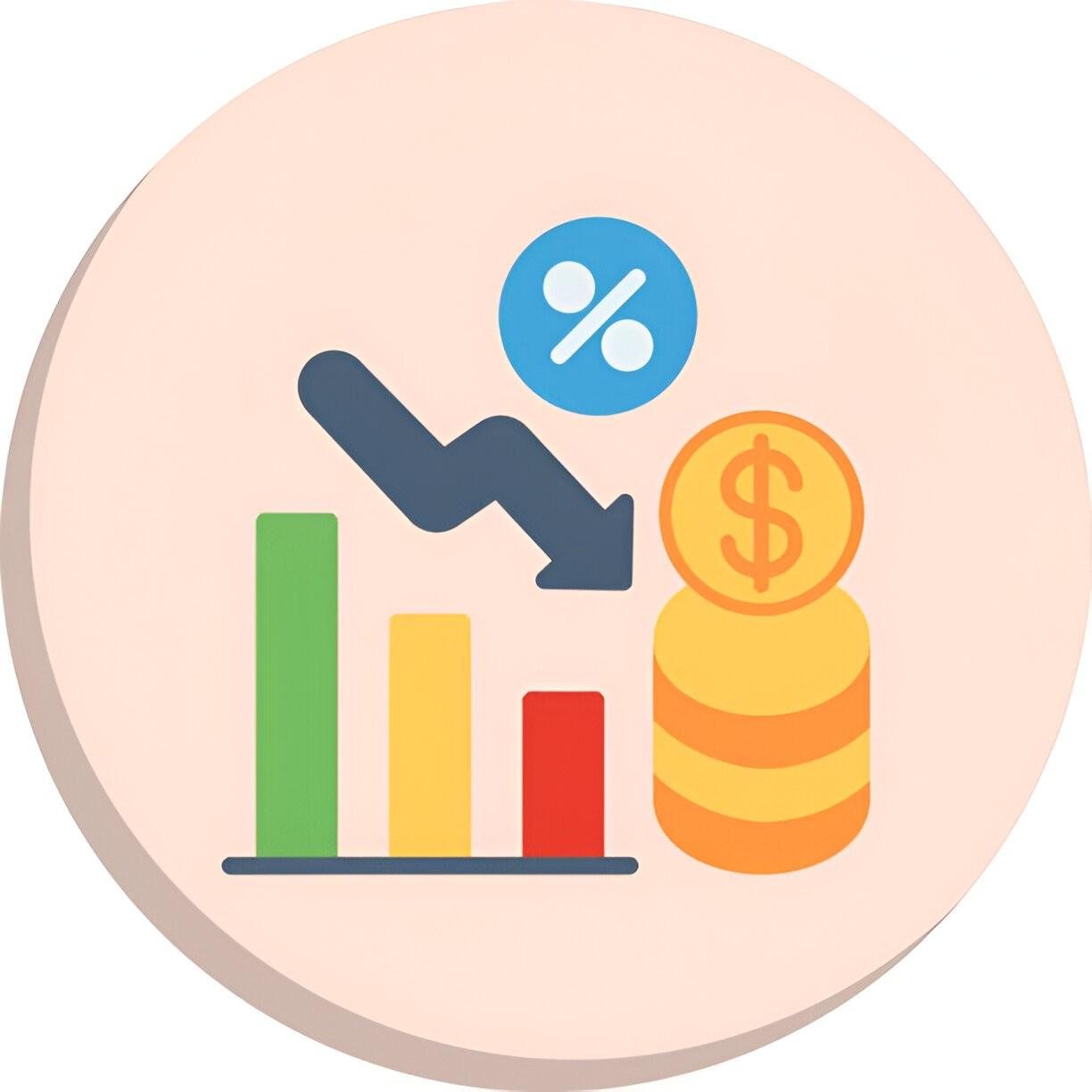A high turnover rate for a mutual fund indicates that the fund manager is frequently buying and selling securities within the fund’s portfolio over a given year. It’s usually expressed as a percentage of the fund’s holdings that have been replaced in a 12-month period.
Table of Contents
What High Turnover Means in Plain Terms
If a mutual fund has a turnover rate of 100%, that means it has replaced all of its holdings in the past year. A 200% turnover means the fund turned over its holdings twice in a year.
Why It Matters (From My Perspective)
When I see a high turnover rate in a fund, here’s what it tells me:
1. Active Management Style
The fund manager is trying to time the market or capture short-term gains. This might lead to higher returns in some cases, but it also adds risk and costs.
2. Higher Transaction Costs
Each trade comes with brokerage fees, bid-ask spreads, and sometimes market impact. Even though these aren’t always listed in the expense ratio, they still drag on performance. Suppose a fund has 150% turnover and average trading costs are 0.5% of assets:
0.005 \times 1.5 = 0.0075
That’s 0.75% in additional hidden costs per year.
3. Potential Tax Consequences
In a taxable account, high turnover can generate short-term capital gains, which are taxed at a higher rate than long-term gains. If a fund regularly sells positions held for under a year, I may end up paying:
- Up to 37% in federal tax on short-term gains
- Versus 15%–20% on long-term gains
That matters if I’m holding the fund outside of an IRA or 401(k).
4. Chasing Performance?
Sometimes high turnover reflects managers chasing trends or reacting emotionally. That’s a red flag for me. A disciplined manager usually has a clear strategy and sticks to it, with turnover reflecting that approach—not market noise.
When High Turnover Isn’t Bad
There are exceptions. For example:
| Fund Type | Typical Turnover | Justification |
|---|---|---|
| Index Funds | <10% | Passive, long-term holdings |
| Actively Managed Funds | 50%–100% | Manager discretion |
| Sector Funds | 100%+ | Fast-moving industries |
| Arbitrage Funds | 200%+ | Strategy requires quick trades |
So, if I’m evaluating a merger arbitrage fund with 300% turnover, I expect that. But if my large-cap value fund is turning over 180% annually, I want to know why.
Final Take
A high turnover rate doesn’t always mean the fund is bad, but it does signal I need to dig deeper. I ask:
- Is this fund tax-efficient?
- Are the performance gains worth the cost?
- Is the turnover part of a thoughtful strategy?
In my own investing, I tend to favor lower turnover funds, especially in taxable accounts, because long-term, tax-efficient compounding usually wins. But I also keep an open mind—context matters.





